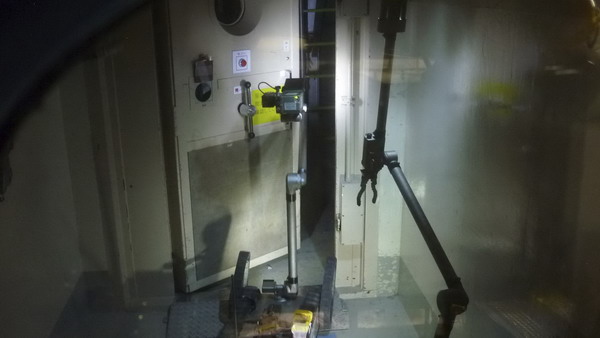Nuclear Meltdown
Robot in Japanese reactors detects high radiation
(Agencies)
Updated: 2011-04-18 13:30
 |
Large Medium Small |
|
 A remote-controlled robot called "Packbot", which has capabilities including manoeuvring through buildings, taking images, and measuring radiation levels, opens a door at Tokyo Electric Power (TEPCO) Co.'s crippled Fukushima Daiichi Nuclear Power Plant No.3 reactor building in Fukushima, northern Japan April 17, 2011, in this handout photo released by TEPCO. [Photo/Agencies]
|
TEPCO's plan for ending the crisis, drawn up at the government's order, is meant to be a first step toward letting some of the tens of thousands of residents evacuated from the area around the company's Fukushima Dai-ichi nuclear power plant return to their homes.
It drew a lackluster response Monday, though, as polls showed diminishing public support for the government's handling of the country's recent disasters.
Those forced to flee due to radiation leaks from the plant are frustrated that their exile will not end soon. And officials acknowledge that unforeseen complications, or even another natural disaster, could set that timetable back even further.
"Well, this year is lost," said Kenji Matsueda, 49, who is living in an evacuation center in Fukushima after being forced from his home 12 miles (20 kilometers) from the plant. "I have no idea what I will do. Nine months is a long time. And it could be longer. I don't think they really know."
Pressure has been building on the government and TEPCO to resolve Japan's worst-ever nuclear power accident, and Prime Minister Naoto Kan is facing calls for his resignation.
"I am sincerely apologizing for what has happened," Kan said, stressing that the government was doing all it could to handle unprecedented disasters. TEPCO's president, Masataka Shimizu, looked visibly ill at ease as lawmakers heckled and taunted him.
| 分享按钮 |